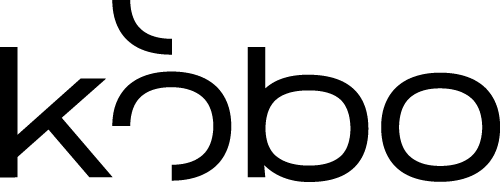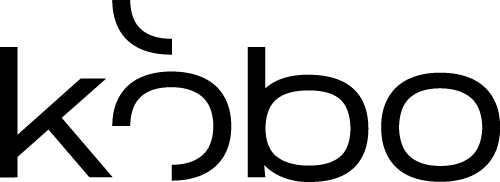No products in the cart.
Interior Design Inspiration: Color in Nature 2018
Interior Design Inspiration: Color in Nature 2018: A blog post by Wendy Dessler
Exponential Innovation
Gordon Moore once observed a trend in computer circuitry development which led him to postulate that computational ability will double on itself at repeating intervals. This is informally known as Moore’s Law, and the interval happens to be right around 18 months.
This exponential development affects related industries like cinematography. Today the slowest of slow motion capture techniques are changing how we understand physics. Additionally, it’s becoming possible to more realistically synthesize virtual environments in terms of color, shadows, and even effects like dust or liquid distribution.
What this is leading to culturally are a great deal of aesthetic changes in terms of that which is trending. Before, achieving the palette of nature was beyond technological grasp. Now it is trending. As of 2018, tech has advanced to the point where, if you wanted to paint your room the color of your favorite green plant, you could take a leaf from that plant into Home Depot. The leaf would be scanned, and paint mixed to exactly match its color.
The same can be done with flowers, sand, bark, or virtually anything you have the capacity to imagine. Collaterally, there are a number of potentialities which develop. When color can be scanned and processed so exactly—and the exactness of such ability doubles every eighteen months—soon it becomes possible to very accurately synthesize natural environments.
Photorealistic
For those in photography, or those who may have an interest in the art, you can use this kind of technology to create photo-realistic contrivances which are so perfectly color-matched they subconsciously tell a story of authenticity, when in reality, the pictures were taken in a basement.
There are a variety of photography backdrops you can work with during shooting sessions. Those that in some way have natural tones will come across more authentically. They’ll have an enhanced aesthetic and visual appeal. This is why many photographers either work with agencies using the latest tech to custom-design the most quality back-drops, or they’re improvising solutions on their own.
In terms of improvisation, such techniques have come to be highly regarded in the film industry. There are many sets that the modern viewer doesn’t realize only exist in a studio, and proper color correction of backdrops in conjunction with skilled lighting design are largely responsible for that.
Even more interesting than all these things, however, is the potentiality further forward progression holds. As the Internet of Things turns the world into a thinking, living, breathing computer, technology continues to miniaturize while simultaneously becoming decentralized. Cameras which have the ability to infiltrate microscopic realms are on the near horizon.
Forward Possibilities
Nanomachines may be able to give us insight into regions of reality that have only been theorized. As IoT tech is conjoined with such progression, methods of visual capture, color recreation, and rendering will all likewise transition.
Altogether, it has now become much more affordable to produce higher and higher quality photography. Part of the reason for that is social media. Instagram, Facebook, LinkedIn, Minds, Gab, Twitter, Reddit, Pinterest, YouTube, Daily Motion—the list goes on! There are quite a few platforms to explore pictures as well as video. Additionally, content can be posted by users.
All this content is absorbed by diverse people worldwide. Tech has expanded in consequence, as has its quality in terms of coloration and effectiveness. So for those that have yet to fully exploit the potential visually-enhancing photography solutions out there, it would make sense to at least look into some of the options available. It’s getting to the point where digital reality verges mirroring the real thing.



